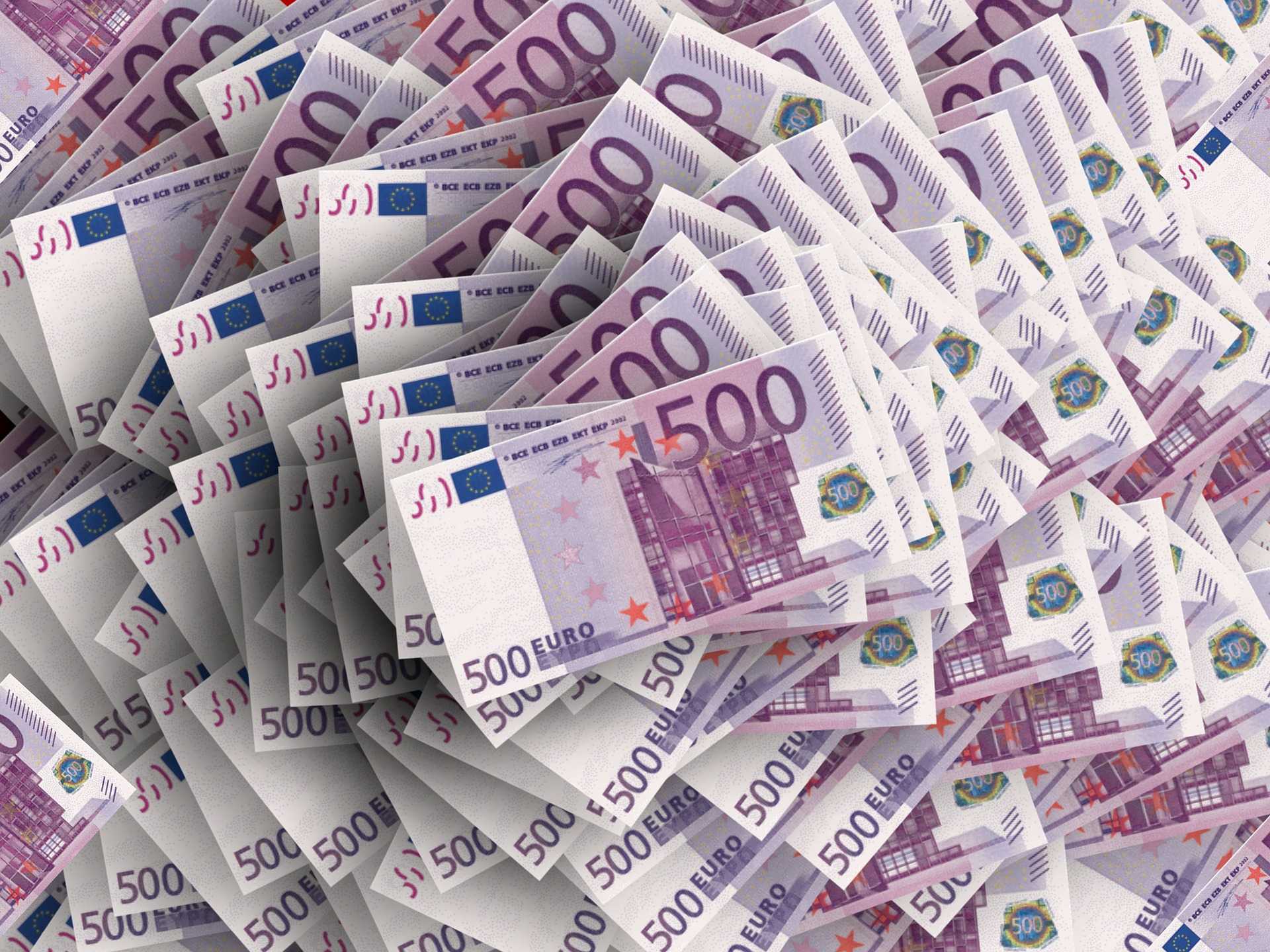The EUR/USD slips below strong support at 1.1900 levels, with coronavirus infections increasing in the EU and the US Dollar Index gaining strength on Tuesday.

EUR/USD Slips below 1.19 Levels
The EUR/USD currency pair has slipped below the 1.19 levels. The currency pair has to take support at the 1.1850 levels, but if bears take over, the euro may move lower to 1.1800 levels or even lower against the dollar.
The EUR/USD has the 200-SMA at 1.1850 levels, which is also the lowest level of 2021.
An increase in coronavirus cases and new lockdown restrictions in the eurozone keep investors anxious. The US dollar’s move higher and political events in Turkey are other issues that pull the EUR/USD currency pair lower.
New Lockdown Restrictions
Several countries in Europe are imposing new lockdown restrictions to curb the spread of the coronavirus. In France, a partial lockdown is announced, amid fear of the third wave of coronavirus infection. Poland has announced a three-week lockdown to control the virus infection. Italy was the first country to impose a lockdown in 2020 and has issued new national restrictions again. Bulgaria, Bosnia, and Hungary have also tightened restrictions recently. In Germany, new infections are increasing at an exponential rate, says German Health Minister Jens Spahn.
The euro remains volatile after Turkey President Tayyip Erdogan replaced the central bank governor for increasing interest rates. Investors have run towards the safe-haven dollar, which has increased pressure on the single currency.
European Union Affected by Covid Curbs
The Current Account in the eurozone has posted a surplus of EUR 5.8 billion in January 2021, while it was a deficit of EUR 8.2 billion in January 2020. The Service Account has also recorded a surplus of EUR 8.6 billion in January 2021, higher than EUR 4.5 billion in January 2020.
The governing council of the ECB has not eased its monetary policy nor expanded its PEPP purchase program. Professor Friedrich Heinemann at ZEW Mannheim has done well in not prematurely raising the PEPP ceiling again, say experts.
The European Central Bank has kept the refinancing rate at 0%, at historic lows. The bond-buying stimulus will increase in the coming months, states the ECB. It will help investment and spending say, officials. The ECB President Christine Lagarde says that the first quarter of 2021 will contract, but a firm rebound in economic activity can be expected to be at 4% in 2021. The inflation estimate for 2021 is increased to 1.5%, while it was 1.0% in its previous forecast.
ECB chief economist Philip Lane says that it is a contest between vaccinations and growth, as the economy improves, and vaccination program accelerates to bring down infections.
Key events to watch out for in the euro area in the coming week are the flash Consumer Confidence and the Advanced PMI for March. The European Council Meeting on Thursday and Friday will bring in new updates on the eurozone.
The French unemployment rate has improved in the fourth quarter, improving by 8% from the previous quarter. President Emmanuel Macron has set a goal to bring down unemployment to 7% by 2022 when his five-year term ends. Consumer Price Index (CPI) remains unchanged with 105.12 points in both January and February 2021.
In Germany, the ZEW Indicator of Economic Sentiment is at 71.20, better than last month’s data at 61.80. It has increased 718% from the previous year when it was at 8.70. According to ZEW financial market survey, the German banking sector may face an increasing number of loan defaults.
In Italy, Trade Surplus has widened in January 2021 to 1.6 billion, higher than January 2020 data by 0.5 billion. Exports have gone down 8.5%, while imports decreased 11.6%.
In the Eurozone, the exports were down -4.7%, while imports were down -5.8%. In non-European countries, imports fell 18.3%, while exports were down 12.7%, in countries like the UK, the US and China.
EUR/GBP
The EUR/GBP has moved to the March 2020 lows as it closes at the 0.8600 levels on Tuesday. The euro has weakened against the stronger sterling. Viral infections in the eurozone have severely affected the economy, while the United Kingdom shows better control over the health condition, as the vaccination drive has strengthened the pound.
EUR/JPY
The euro against the Japanese yen has moved higher with confidence. The EUR/JPY is at a 3-year high, as it closed at the 128.90 levels on Tuesday. If a breakout occurs, the currency pair may move towards the 130.50 levels by the end of the week.
EUR/CHF
The EUR/CHF currency pair is at the 2021 highs. The currency pair moved to 1.1115 levels during the first week of March but has bounced off this level to move towards 1.1000. Currently, it is trading at 1.1070 levels on Tuesday, 23 March 2021.
US Dollar Index
The US dollar has gained sudden strength to above 92.00 levels on Tuesday, after moving lower to 91.30 levels last week. Once bulls take charge, it may even surge to 93.50 levels. The US Treasury yields that were moving higher have lost momentum lately. The Fed has decided not to change monetary policy at its meeting.